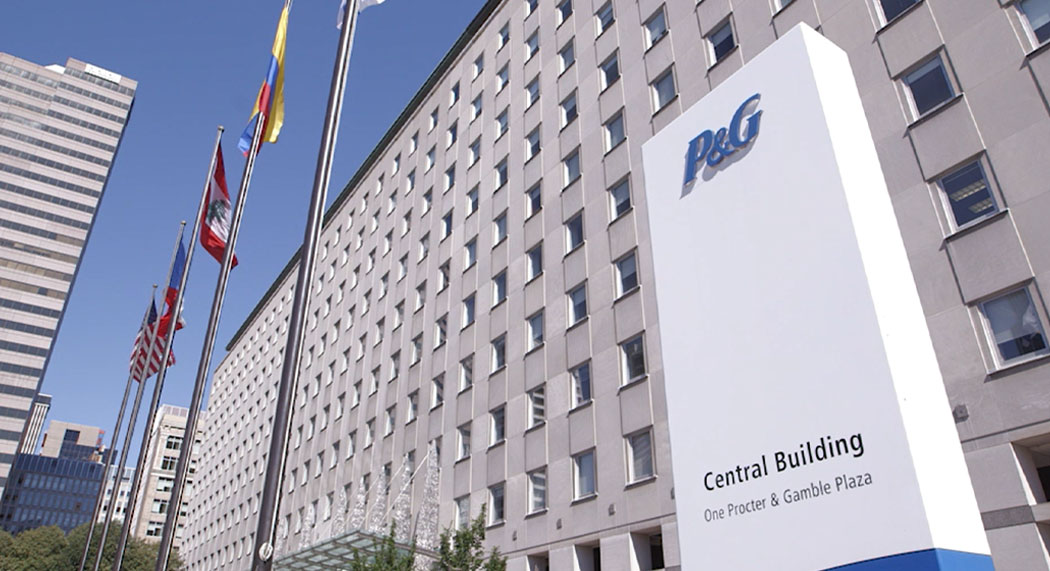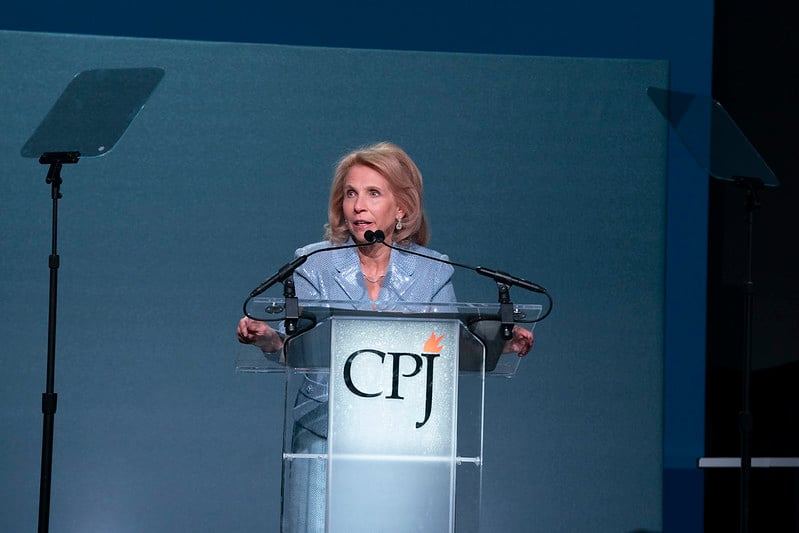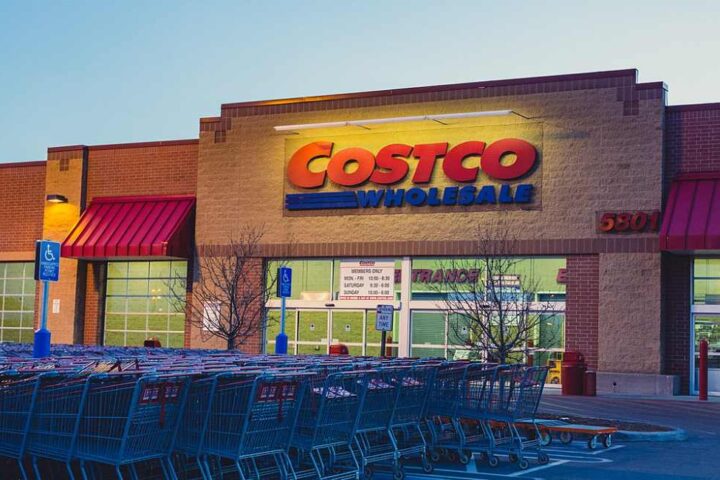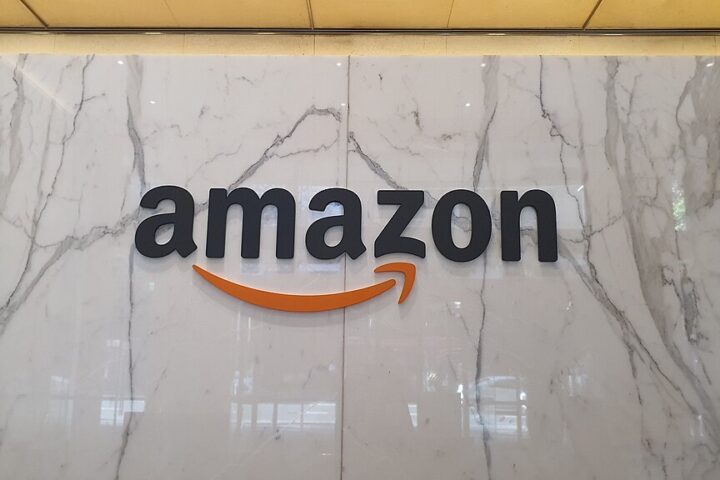The consumer products world got a jolt last week when Tide-maker P&G announced it’s cutting roughly 7,000 jobs. I’ve watched this company evolve since the 80s, and this move speaks volumes about today’s retail landscape.
CFO Andre Schulten dropped the news June 5th at a Deutsche Bank conference in Paris, calling it an “acceleration” of existing strategy. Translation: P&G needs to slim down fast as consumers pinch pennies.
Sales are down 2% last quarter to $19.8 billion. The company’s rosy growth projection of 2-4% for fiscal 2025? Gone. Now they’re expecting flat sales—corporate-speak for trouble.
“Consumers face greater uncertainty. Competition is fierce. The geopolitical environment is unpredictable,” P&G admitted. Their stock slipped 1% on the news. The cuts target about 15% of white-collar workers while leaving factory jobs mostly intact.
Tariffs are hitting P&G where it hurts. They’re looking at a $600 million pre-tax wallop in fiscal 2026 alone. Schulten says they’ll “pull every lever” to offset this—price hikes and cost-cutting top the list. A recent KPMG survey shows half of American shoppers are already cutting back due to tariff-related price increases.
P&G’s not alone in this bloodletting. Unilever axed 6,000 jobs in March. Kimberly-Clark is shedding up to 1,900 positions. The consumer packaged goods sector is contracting faster than a cotton shirt in hot water.
The company plans to exit certain markets and possibly sell off underperforming brands. They’ve already left Argentina, reshuffled operations in Nigeria, and sold Vidal Sassoon in China.
Similar Posts
Christian Greiner at F/m Investments noted, “The two-year window gives them flexibility in timing and depth of cuts, as the tariff situation is very fluid.”
Michael Ashley Schulman from Running Point Capital called it “spring cleaning at scale, shedding low-growth, low-moat units frees up cash to turbo-charge Tide, Pampers and Old Spice—the core brands.”
P&G’s restructuring will make “roles broader” and “teams smaller.” Reading between the lines: fewer people doing more work, with automation picking up the slack.
For affected employees, P&G promises separations “will be managed with support and respect,” though they’re mum on specifics by location. The restructuring will cost $1-1.6 billion before taxes over two years.

Tom Shipp at LPL Financial warns that while these companies have been passing costs to consumers so far, “the cumulative impact of higher prices may start to bite on volumes.” He’s noticed dollar stores thriving—a classic trade-down effect when household budgets tighten.
The bill for this corporate diet plan: $1-1.6 billion before taxes. We’ll hear more details when P&G reports Q4 earnings July 29th. After watching consumer giants for four decades, I can tell you this much: when P&G sneezes, the entire retail sector catches cold.


















